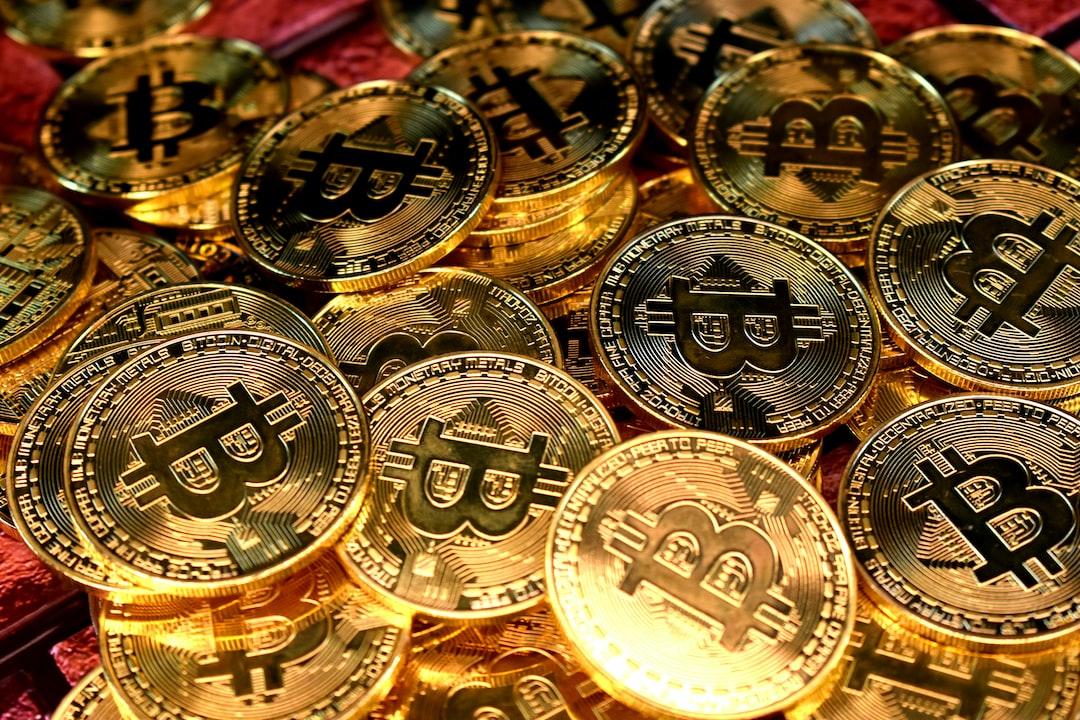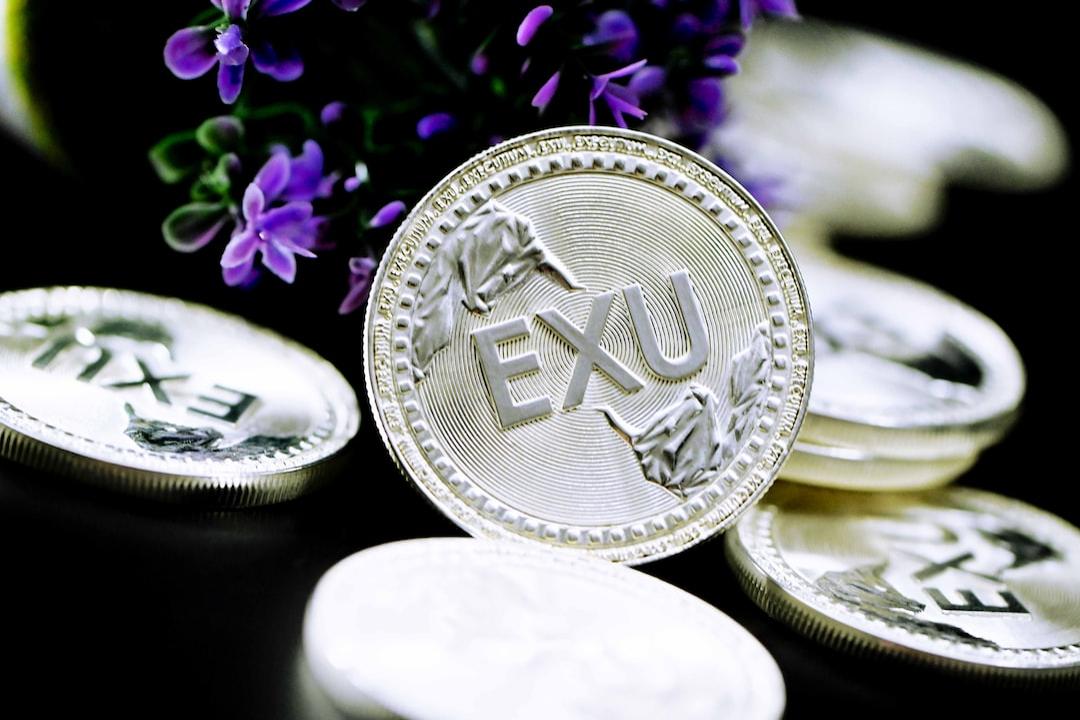What’s Different After Trump’s 100 Days in Office?
It has been 100 days since Trump returned to the White House, and during this period, global markets have experienced turbulence, filled with uncertainty and chaos.
When Trump was re-elected, the crypto market was full of hope. However, despite some important positive statements from Trump regarding Bitcoin, crypto enthusiasts have been disappointed.
Just before the inauguration, Trump launched the official token $TRUMP, which caused a market frenzy and sparked controversy. Some critics argue that there is a clear conflict of interest, even potentially threatening national security.
Currently, $TRUMP has dropped 82% from its all-time high of $75.35 on January 19. However, $MELANIA has performed worse, plummeting nearly 97%.

Image / CoinGecko
After Trump took office, people speculated that he would sign a series of executive orders supporting cryptocurrencies on his first day, including creating a strategic Bitcoin reserve. However, these orders have not been issued. On January 20, Bitcoin briefly soared to a record $109,000, but it has not returned to this level since.
Trump did quickly fulfill some of his campaign promises made at the 2024 Bitcoin conference in Nashville. Ross Ulbricht, the founder of the darknet marketplace Silk Road, received a full and unconditional pardon. In photos circulating online, he smiled for the first time after 11 years in prison. Reports indicate that Sam Bankman-Fried (SBF) has also been lobbying for a pardon, but this has not yet been realized.
Meanwhile, several members of Trump’s cabinet who were friendly toward Bitcoin were quickly confirmed by the Senate. This includes Treasury Secretary Scott Bessent, who claimed, “Cryptocurrency is about freedom; the crypto economy will endure.”
Others have faced intense scrutiny. Secretary of Commerce Howard Lutnick received harsh criticism during his confirmation hearings but downplayed concerns about his company’s ties with the Tether stablecoin.
The White House appointed David Sacks as the first “czar” for artificial intelligence and cryptocurrencies. Before taking office, he sold off his holdings of BTC, ETH, and SOL. This appointment received widespread praise, even from Trump’s critics, such as Anthony Scaramucci, the founder of SkyBridge Capital.
Additionally, Trump’s businesses have increasingly ventured into the digital asset space, with Trump Media & Technology Group accumulating a large cryptocurrency reserve and launching a series of exchange-traded funds (ETFs).
For Trump, there is one simple rule: always be prepared for the unexpected. On March 2, Trump suddenly announced on Truth Social that he planned to create a “U.S. Crypto Reserve,” which would include XRP, Solana, and Cardano. Upon hearing this, the prices of these altcoins surged significantly, with some rising as much as 70%. However, the original post did not mention BTC or ETH, but a follow-up statement emphasized that these two flagship digital assets would also “form the core of the reserve.”

The news that BTC would be lumped together with other altcoins quickly sparked debate, with experts calling the proposal “absurd” and “confusing.” There were also concerns about the feasibility of the plan, with worries that it might require Congressional approval to launch, and details such as funding allocation, reserve funding sources, and when it would take effect were not disclosed.
All of these issues ultimately became irrelevant. Trump made a sharp turn and quickly signed an executive order establishing a strategic Bitcoin reserve, which also included other cryptocurrencies.
Although this marks one of the biggest adoption milestones in Bitcoin’s history, as investors digested the news, BTC was heavily sold off. Why? Because the executive order stated that no new BTC would be purchased for the reserve unless it could be acquired without affecting the budget, except for BTC seized from criminals. This was also a negative development for XRP, SOL, and ADA, as the U.S. does not currently hold any of these tokens.
Bitcoin supporters had long hoped that the U.S. would become a significant buyer of Bitcoin — with the grand goal set by Senator Cynthia Lummis of accumulating 1 million BTC within five years. However, using taxpayer money for such an initiative would be extremely hypocritical, especially considering Musk’s push to significantly cut federal government spending.
Data from Arkham Intelligence shows that the U.S. currently holds about 198,000 BTC, worth approximately $18.8 billion. But as JAN3 CEO Samson Mow pointed out, the actual size of the U.S. strategic Bitcoin reserve may be much smaller, as 95,000 BTC will eventually be returned to Bitfinex. However, Mow remains optimistic, believing that the significance of Trump’s policy is still “huge” because it will encourage other major economies to follow suit.

Shortly after Trump announced the Bitcoin reserve, on March 7, the White House hosted the first-ever cryptocurrency summit, attended by industry giants such as Michael Saylor of MicroStrategy and Brian Armstrong of Coinbase. However, opinions on the summit were mixed, with some analysts arguing that “it felt more like a political stage than a meaningful policy forum.”
However, investors had bigger problems to deal with. Trump faced accusations of deliberately suppressing the stock market to force the Federal Reserve to lower interest rates. The S&P 500 and Nasdaq 100 indices were hit hard, and the close correlation between the two meant that Bitcoin faced an even larger sell-off.
After “Liberation Day,” things only worsened, as the president announced that comprehensive and punitive tariffs would be imposed on some of America’s closest trading partners, causing the cost of imported goods to rise significantly. With the possibility of an economic recession increasing and tensions between Washington and Beijing escalating, Bitcoin fell to around $80,000 in early April.
Bitcoin was at risk of falling below $75,000, a 30% discount from its record high on inauguration day. But Trump confirmed a 90-day suspension of reciprocal tariffs for most countries, while raising tariffs on China to 145%, temporarily easing the market. When smartphones and computers were exempted from these aggressive trade policies, market optimism increased further. However, the White House’s constant back-and-forth left investors feeling anxious and fatigued, with many reducing their positions in U.S. assets and turning to gold.
Now, keeping up with the constant flow of news from Washington is nearly impossible. Amid all this, Trump has escalated his attacks on Federal Reserve Chairman Jerome Powell, writing on Truth Social, “Powell should be fired as soon as possible!”
Although the president typically does not have the authority to fire the heads of independent federal agencies, a case before the Supreme Court could change this precedent, allowing Trump to start intervening in Federal Reserve matters. Critics from all political factions are worried this could lead to another market crash, as the S&P 500 index was once on the brink of a bear market.

A key appointment was delayed, namely the confirmation of Paul Atkins as the head of the U.S. Securities and Exchange Commission, who was chosen to replace anti-crypto Gary Gensler. Last week, this appointment was finally completed, and one of his primary tasks will be to decide whether to approve ETFs tracking altcoins like XRP.
Meanwhile, despite the ongoing decline in $TRUMP’s price, its team has come up with an innovative way to attract attention. They plan to host an “exclusive” dinner for the top 220 holders of the token, sparking a rush to accumulate it between now and May 12. The announcement led to a 64% surge in $TRUMP’s value.
However, some on Crypto Twitter were uneasy about this, calling the dinner “a trap meant to sell off and make more profit from those who bought in due to FOMO.” One analyst urged those who bought $TRUMP at high prices to sell quickly.
In the past 100 days, Bitcoin has fallen 12%, while the S&P 500 has dropped 8.6%. The threat of tariffs still looms large. A new CNN poll shows that 59% of Americans believe Trump’s policies have worsened the U.S. economy. About 60% think he has exacerbated the cost-of-living crisis, and an increasing number of consumers are concerned that a recession may be imminent.
Meanwhile, expectations for Bitcoin to set new highs this year are rapidly fading. On the Polymarket platform, only 67% believe Bitcoin will exceed $110,000 by the end of 2025, with the chances of surpassing $120,000, $130,000, and $150,000 dropping to 54%, 40%, and 30%, respectively. Back in January, these goals were considered quite conservative, showing just how quickly things can change.
Trump’s political unpredictability makes it nearly impossible to predict what will happen next week, let alone next month or next year. This makes forecasting Bitcoin’s future direction even more challenging. Bold and confident price predictions should be taken with caution.
In the past 100 days, tremendous changes have occurred, but there are still 1361 days to go.
This article was originally published and reposted in collaboration with PANews.

